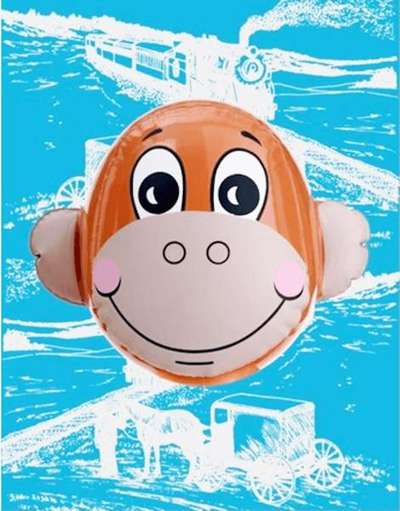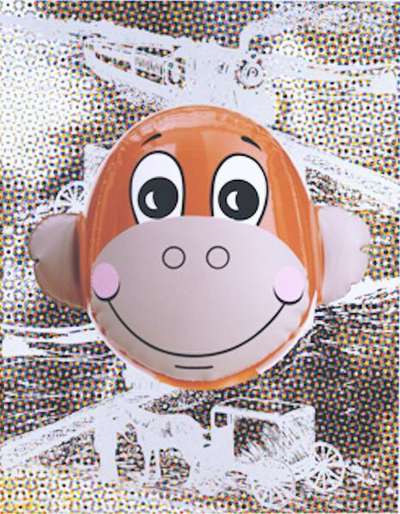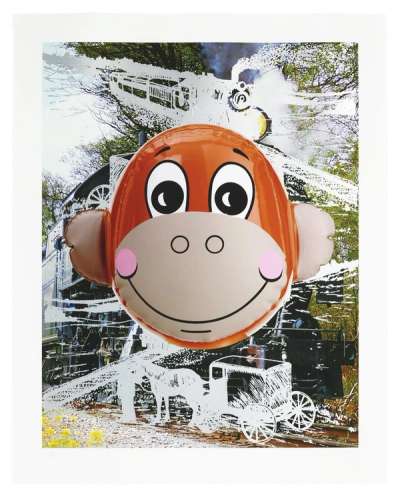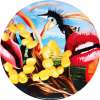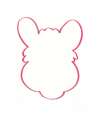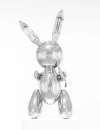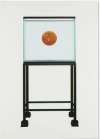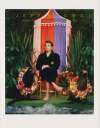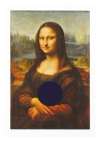Monkey
Train
Jeff Koons’ 2007 Monkey Train screen-prints superimpose photographs of Koons’ balloon-like monkey face onto Warhol-esque steam train backgrounds. The juxtaposition between the steam train, the pioneering enabler of capitalism’s explosion, and the kitschy monkey explores the lineage behind contemporary commercial aesthetics and underlines Koons’ continued innovation of earlier Pop Art.
Jeff Koons Monkey Train For sale
Monkey Train Market value
Auction Results
| Artwork | Auction Date | Auction House | Return to Seller | Hammer Price | Buyer Paid |
|---|---|---|---|---|---|
 Monkey Train (blue) Jeff Koons Signed Print | 5 Dec 2023 | Bonhams Cornette de Saint Cyr | £4,250 | £5,000 | £7,000 |
 Monkey Train (dots) Jeff Koons Signed Print | 18 Apr 2023 | Phillips New York | £5,950 | £7,000 | £9,500 |
 Monkey Train (orange) Jeff Koons Signed Print | 22 Oct 2021 | Christie's New York | £5,950 | £7,000 | £9,000 |
 Monkey Train (green) Jeff Koons Signed Print | 4 Mar 2020 | Christie's New York | £8,075 | £9,500 | £12,500 |
Sell Your Art
with Us
with Us
Join Our Network of Collectors. Buy, Sell and Track Demand
Meaning & Analysis
In 2007, American Pop Artist and ‘king of kitsch’ Jeff Koons issued an edition of 40 bold, graphic silkscreen prints entitled Monkey Train. These prints, of which Monkey Train (orange) is a central example, were released as part of the artist’s Editions – Prints series. At the centre of this particular run of prints lies a photograph of one of Koons’ many balloon-like sculptures, which in this case depicts a monkey. Although having the appearance of soft, malleable surface – like that of a mylar balloon one might buy at a fairground – the sculptural work referenced by this print is in fact rendered in rigid, metallic media. This may seem like an insignificant detail; yet behind the cartoon-like monkey’s smiling face are other images, both depicting steam trains: a symbol of American ‘frontier culture’, and a predecessor to the capitalist consumerism of the 20th century. A clear reference to the 1986 Luxury And Degradation series and Koons’ three-dimensional Jim Beam – J.B. Turner Train (1986) sculpture, Koons has often described metal, and particularly steel, as a ‘proletarian’ material. The link between the working classes and Koons is to be found in his belief that his artworks are somehow emancipatory; imbued with a transcendental energy of some sort, Koons argues that they are able to enable onlookers to ‘achieve their dreams’. Some have denounced such a view as part of a wider deception inherent to Koons’ art; others have classed it as a complex art historical commentary on the ability of the image to effect material change in the ‘real world’.
Monkeys are a recurring motif of Koons’ diverse œuvre, appearing most famously in his Balloon Monkey sculptures, created between 2006 and 2013. Balloon Monkey belonged to a series that has continually grown in since its commencement in 1994, entitled Celebration. Perhaps the most central feature of Jeff Koons career, it offers sculptural and painterly tributes to each of life’s milestones, from birth and celebration, through to religious holidays and even, as some have argued, death. One of five unique versions in red, yellow, blue, magenta and orange, the sculpture was designed by Koons and manufactured by a specialist team of Los Angeles-based engineers. A further reference to a classical motif from the annals of art history – the monkey – the sculpture is testament to Koons’ inspiration by artists of the past, such as Renoir and Cézanne.
Although a key feature of the artist’s more recent sculptures, Koons’ engagement with the monkey motif dates back to as early as 1999. In this year, Monkey was released in four unique versions and colours, including red orange, dark pink, blue and light green. Like the mirror-based Monkey, Monkey Train was released in a variety of colourways and styles, including green and blue; whilst the monkey face image remains the same, each variation alters the texture of its background. In Monkey Train (dots), for example, Koons chooses to give the images of trains a sense of being pixelated. A possible reference to the neo-pointillist, graphic and determinedly Pop Art practices of fellow American artist Roy Lichtenstein, the piece plays with the visual language of US consumer culture.
